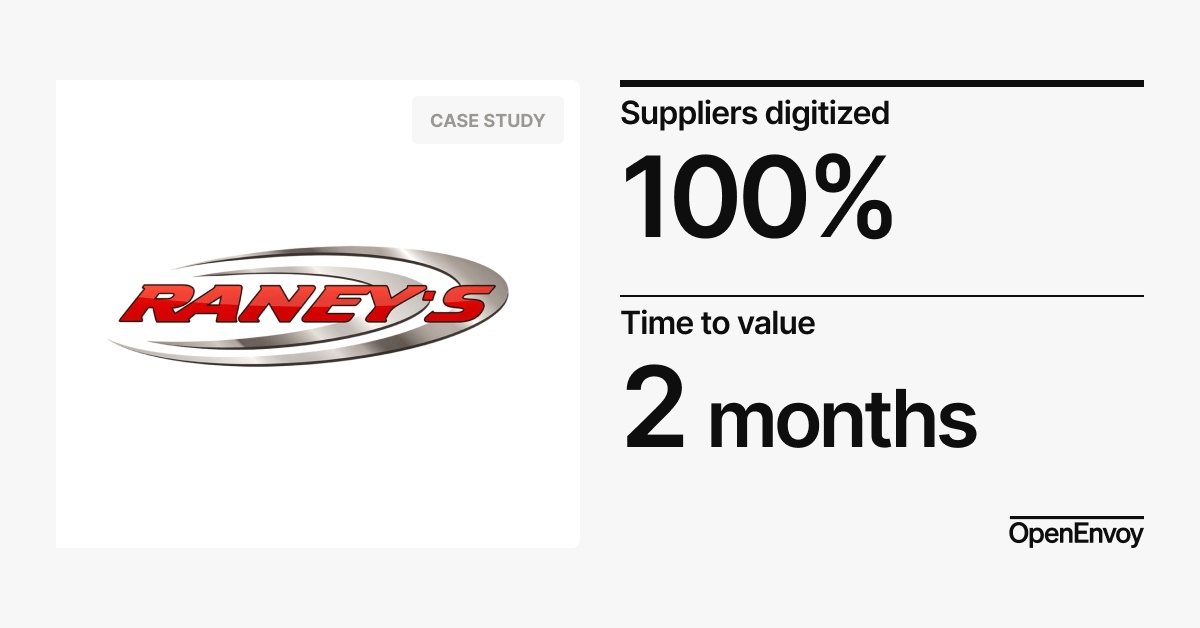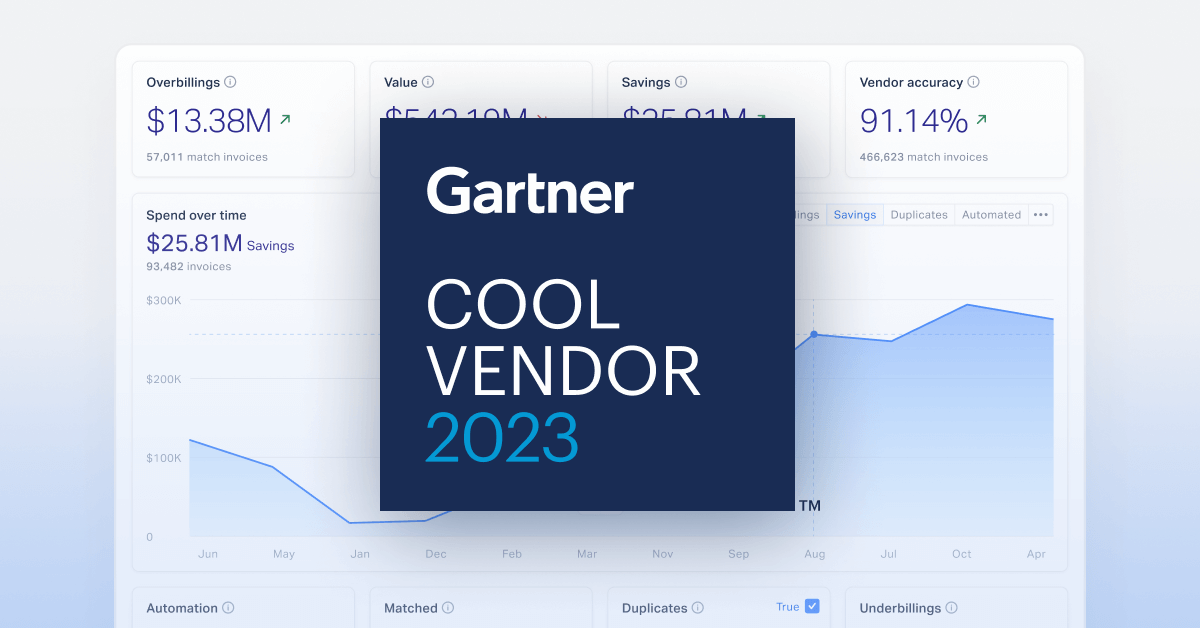Through recent market volatility and supply chain disruption, CFOs in the manufacturing industry must work diligently to drive growth alongside putting controls in place to safeguard cash flow. While cost optimization and improving efficiency are on-going priorities for the finance function, supply chain issues pose an enterprise-wide challenge for manufacturers.
As you are already aware, relationships between buyers and vendors can make or break a business. For this reason, CFOs must approach vendor relationships by considering how their accounting processes impact their vendors and how that, in turn, impacts their own company.
Here’s How CFOs in the Manufacturing Industry Can Support the Supply Chain:
Supply Chain Collaboration
Collaboration across the supply chain is a critical concept for businesses who are working to get ahead of unexpected disruption. According to Deloitte’s UKCS collaboration survey, the focus on cost reduction is driving supply chain collaboration. In 2020, collaboration success rates hit a record high. Over 50% of survey respondents reported that more than half of their collaboration initiatives were successful. Supply chain collaboration means businesses work together to improve the resiliency of their supply chain. This vertical partnership allows businesses at different stages of the supply chain to partner for a common goal; for example a vendor, manufacturer, and distributor agree to work together to increase performance and ensure goods are delivered to the market in a timely manner. Successfully collaborating across the supply chain enables speed, better service, and customer satisfaction.
Companies can significantly enhance collaboration by taking a methodical approach from their selection of vendors and partners as well as the how they execute their collaboration efforts. The initiative can be further bolstered through the right implementation of strategy, investment in tools and staff, and structuring sophisticated partnership models. The ultimate objective of supply chain collaboration is to transform business relationships into a core competency.
Digital Supply Networks
Advanced supply chain networks enable a comprehensive digital connection through physical and online channels, which unify the processing of information, goods, and services in efficient ways. Digital supply networks, unlike traditional supply chains, are dynamic and hyper-connected. Through advanced technologies like artificial intelligence and machine learning, manufacturers can transform traditional supply chains into agile and scalable digital networks. According to Deloitte, Digital Supply Networks can benefit businesses in four primary ways: increased revenue, improved margins, greater asset efficiency, and the ability to easily meet shareholder expectations.
Optimize the Accounting Function
While back office tasks like account reconciliation and invoice processing are repetitive and often time-consuming, they are integral in ensuring business continuity. Manufacturers must prioritize vendor payments to strengthen the supply chain and help ensure that their vendors are not being affected by cash flow problems. Recent research shows that 40% of second-tier vendors who employ between 2,500-10,000 employees, say that their contracts are rarely cash positive. This means that vendors are struggling to stay in business, and financially fragile vendors pose a risk to the supply chain. CFOs in the manufacturing industry can combat this by optimizing their account payable processes to increase their invoice payment timelines.
Deploying AP automation into the accounting function creates a win-win for manufacturers and vendors. The right AP automation technology can accurately process thousands of vendor invoices and identify discrepancies before payment to eliminate wasted spend. AP teams can also leverage automated workflows to accelerate invoice processing and pay their vendor invoices earlier to capture discounts. However, an efficient automation system can often offer far more than this – from the ability to self-configure without the need for intensive setup, to seamless integration with existing ERP software, to increased compliance through regulatory reporting, AP automation is a game-changer for CFOs and AP teams.
Reduce Overhead to Reallocate Costs
Due to the large number of contracting businesses within their supply chain, many CFOs find themselves compromised by evergrowing overhead expenses. These expenses have an impact on the business and its ability to invest in new opportunities and innovation. Effectively managing overhead costs allows CFOs to drive enterprise cost optimization and more strategically allocate resources. However, it is all too known that increasing your revenue by lowering your manufacturing rate is usually easier said than done. While this effort can be fruitful beyond cost-savings, CFOs must have patience in implementing organizational change and resource allocation. One way to cut costs significantly is by prioritizing vendor relationships and leveraging the company’s financial data to track vendor billing performance. With insights into company spending, CFOs can empower their teams to negotiate favorable contract terms with and streamline their supply chain processes. CFOs can reallocate their costs in a manner that is strategically beneficial for long term growth and business value.
By taking inventory of their efforts, and where they could be improved or restructured, CFOs can make better informed decisions about how to improve their operations. By considering options like these mentioned above, CFOs of manufacturing enterprises are able to create more value for their organization through better relationships with vendors and more efficient processes.











